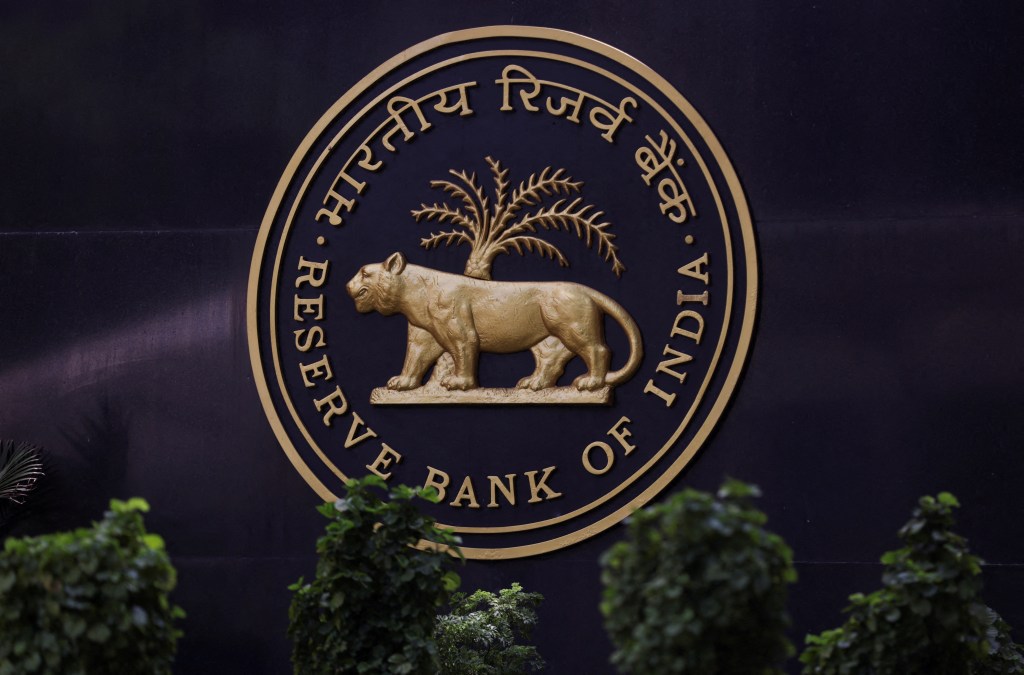By Dr Pooja Misra
On June 7, 2024, the Reserve Bank of India following a meeting of the Monetary Policy Committee, announced that the decision was taken to keep the policy repo rate unchanged at 6.5% and the bank rate at 6.75%. Based on the ongoing food inflation concerns and prevailing geopolitical uncertainty this decision was made by a 4:2 majority vote of MPC members. However, the Central Bank did not alter its inflation forecast of 4.5% for FY25 and reinforced its commitment to bring back inflation to 4%.
Recent inflation data shows that for April 2024, retail inflation was at 4.83% (has been declining and was 5.1%, 5.09% and 4.85% for January, February, March 2024 respectively, with core inflation reaching its lowest in April 2024). However, what is worrisome is that while urban inflation for April 2024 was 4.11%, rural inflation stood at 5.43%. Not to miss, inflation numbers for food and beverages for both rural and urban was high at 7.98% and 7.69% respectively, with vegetable inflation being the highest (ie. 29.48% for rural and 25.24$ for urban areas) followed by cereals and products.
The MPC also did point out that since its last meeting in April 2024, domestic growth-inflation balance has shifted favourably and domestic demand supports economic activity, which remains resilient. While they have stated that private consumption is showing indications of recovery it would only be worthwhile to look at what the May 2024 Consumer Confidence Survey (CCS) results of RBI show?
The CCS, which seeks qualitative responses from households on their opinions about the overall economic condition, employment scenario, price level, household income and spending provides useful inputs for monetary policy based on responses received from 19 cities of India and covering approximately 6,083 respondents.
CCS results released on June 7, 2024 showed that consumer confidence for the current period has paused on its uptrend with the only exception being spending. CCS has moderated to 97.1 in May 2024 as against 98.5 two months ago and the current perception of employment and price levels of consumers are negative with a deterioration sign. The silver lining on the wall is that consumer confidence for the year ahead remained at an elevated level of 124.8 and is in the optimistic terrain wherein sentiments around employment levels are positive but deteriorating.
Given that India is the fastest-growing emerging economy—having grown by more than 8% in FY24 – and is vying to become the third-largest economy by 2027, it must unleash all of its growth engines, including net exports, gross fixed capital formation, private final consumption expenditure, and government final consumption expenditure. While the country has performed well in FY24 growth statistics due to government capital expenditures and the ongoing advancement of manufacturing activity, Private Final Consumption Expenditure (PFCE) is one engine that requires immediate focus and attention. FY24 data shows that the share of PFCE in GDP in FY24 was only at 55.8% as against generally being close to or touching the 60% mark. Agreeably, if one looks at the ever growing GST collections (which have been consistently rising and was at Rs. 1.73 lakh crore in May 2024 ie. a 10% growth on y-o-y basis), the picture looks good and probably is reflective of recovering private consumption. However, being the devil’s advocate, it might also make sense to state that it could be indicative of a shift towards formalisation of the Indian economy.
On the flip side, the May 2024 Monthly Bulletin of the Central Bank does state that, “there is a growing optimism that India is on the cusp of a long-awaited economic take-off. Recent indicators are pointing to a quickening of the momentum of aggregate demand. Non-food spending is being pushed up by the green shoots of rural spending recovery”. Rural demand which of late was seen to be sluggish has for the first time in the past two years outpaced urban markets. In Q4FY24, FMCG volume growth of 6.5% was driven by rural growth of 7.6% compared to urban growth of 5.7%, owing to strong demand for home and personal care products. Non-food spending, such as automobile and two-wheeler sales, was also seen to be increasing due to growing rural demand.
The bright spot is that if expectations of an above-normal southwest monsoon come true, higher kharif production will give the much-needed boost to rural income and lead to some correction in retail inflation, thereby bringing down the impact on the consumer’s wallet. What’s more, consumer confidence in India will only rise further, accelerating the economy’s upward trajectory, if the 2024 Lok Sabha election result analysis are paid heed to directing the government to focus its energy and attention on increasing employment opportunities and pushing for a crowding in of private investment, particularly in rural areas, in the days to come.
(The author is the Area Chair, Economics & International Business, BIMTECH. Views expressed are personal and do not reflect the official position or policy of FinancialExpress.com. Reproducing this content without permission is prohibited.)

